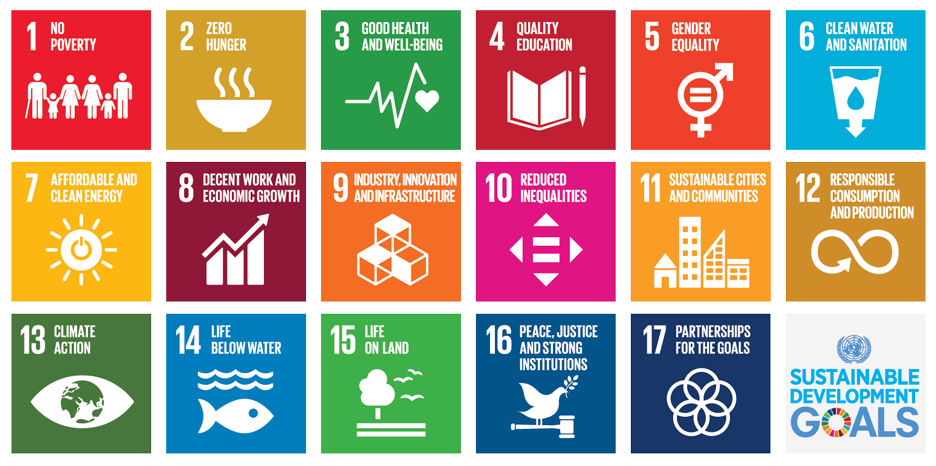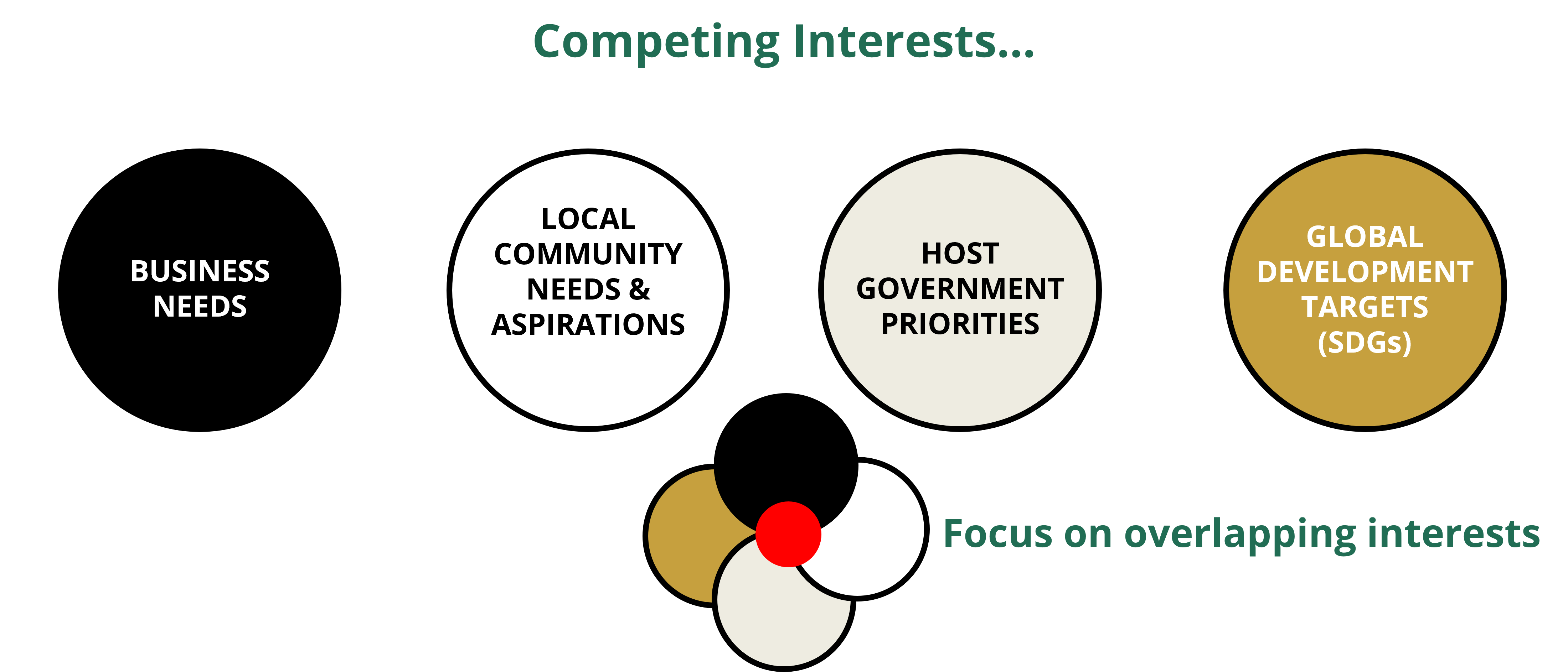Linking company actions to the SDGs
Sustainability | 31 October 2023

Since I made the decision eight years ago to work with junior and mid-tier explorers and operators I have been making the case that they can contribute to achieving the Sustainable Development Goals (the SDGs) and just as importantly, be recognised for what they do. As is my way, I started by for ideas to borrow and tweak. The ICMM references the SDGs in their good practice principles. Another good source was a think-tank report mapping mining to the development goals . More recently IPECA has published a guide for the oil and gas industry and the US FAO has incorporated SDG considerations into their sustainable forest management toolbox. All have been useful in one way or another, but they definitely reflect the capabilities and strategies of the big-end of town and overlook (or at least underplay) the shorter life-cycles, smaller physical, environmental, social and economic footprints, leaner management teams and lesser lobbying strength that are typical of mid-tiers and juniors.
Mapping the SDGs
As a starting point I mapped the seventeen global goals against the company actions in my social licence model, trimming the number of targets from the seemingly overwhelming 169 to a more achievable 40 by focusing on company activities and the neighbouring people and communities affected by them, bringing the global agenda down to something that can be achieved at a local level by smaller players.
It is important to keep in mind that what I am talking about is voluntary – as with the broader SDG agenda there is absolutely no obligation for business to do any of this – you and your company are free to make your own decisions and can choose to ignore it all and keep doing things the way you always have.
A second point is that this is not an all or nothing proposition - I am not saying that companies must try and address all 40 targets. Instead, I would suggest focussing on the 1, 5, 10, or however many make sense for your business and your situation.
There is also nothing to say that you can’t do your own filtering exercise, going back to the 169 and going through the process of picking and choosing the ones to focus on. You'll find them all on the UNDP website and summarised here.
Irrespective of whether the starting point is a filtered list of 40 or the full 169, contributing effectively is all about finding where there is overlap between company business drivers, the SDG targets and local development needs. You and your company can then decide how much time, effort and resources the company wants to or can afford to put in.

A presentation to the Australia - Africa Minerals and Energy Group back in 2016 was my first attempt at articulating how a subset of targets can be used to hit the sweet spot of overlapping interests. It was well enough received to encourage me that I was on the right track.
In the years since I’ve had a couple of opportunities to field test the ideas, with this the most recent example bringing the pieces together to provide a solid framework for the future:

Commitment to Climate Action (SDG13) underpins the company's green mining and decarbonisation ambitions. It sits at the core of their business and is embedded in their governance structures.
Reduced Inequalities (SDG10) is a natural fit with their aim to deliver net-benefit to host countries and improve the quality of life in the communities proximate to the project.
The eight SDGs under these two objectives offer the chance to create real impact by merging regular business practices (those ‘inside the fence’) with community projects ‘outside the fence’.
Partnerships for the Goals (SDG17) is essential for achieving the company aims. By forming and enhancing public, public-private, and civil society partnerships, it can use proven strategies to enhance success in meeting sustainability goals more efficiently, whilst the core targets of Peace and Justice and Strong Institutions (SDG16) lay a strong foundation for guiding behaviour.
SDGs and the Social Licence Guides.
Since the AAMEG presentation I have worked my thoughts into the social licence toolkit guides where it made sense to do so, starting with the link between SDG3 and SDG6 and community health Others, like SDG16 (Peace and Justice) and SDG17 (Partnerships) cut across most aspects, and while “Peace and Justice” might sound a bit idealistic the goal is actually pretty solid.
When you delve into SDG16 you'll see that six targets are difficult to argue against:
- minimizing project-related conflict and violence;
- promoting the rule of law at the local and national levels;
- adopting a no tolerance approach to corruption and bribery in all project-related transactions;
- supporting the development of effective, accountable and transparent institutions at community, local and national government levels;
- ensuring responsive, inclusive, participatory and representative decision-making when addressing project-related issues; and
- ensuring public access to project-related information.
I have been surprised at how easily this approach resonates when I have incorporated these ideas into training activities. I am guessing one reason is that community managers and their teams often have NGO backgrounds so are familiar with the SDGs, making the training task one of reframing rather than introducing a new concept. Maybe more surprising is how it seems to work for managers in other parts of the business, where the ah-ha moment is often the realisation that they are doing a lot of it already and that doing their bit for local communities doesn't have to mean a lot more work.
Encouraging enough on all fronts to keep going.
Post a Comment